NinjaChat
Chatbot design
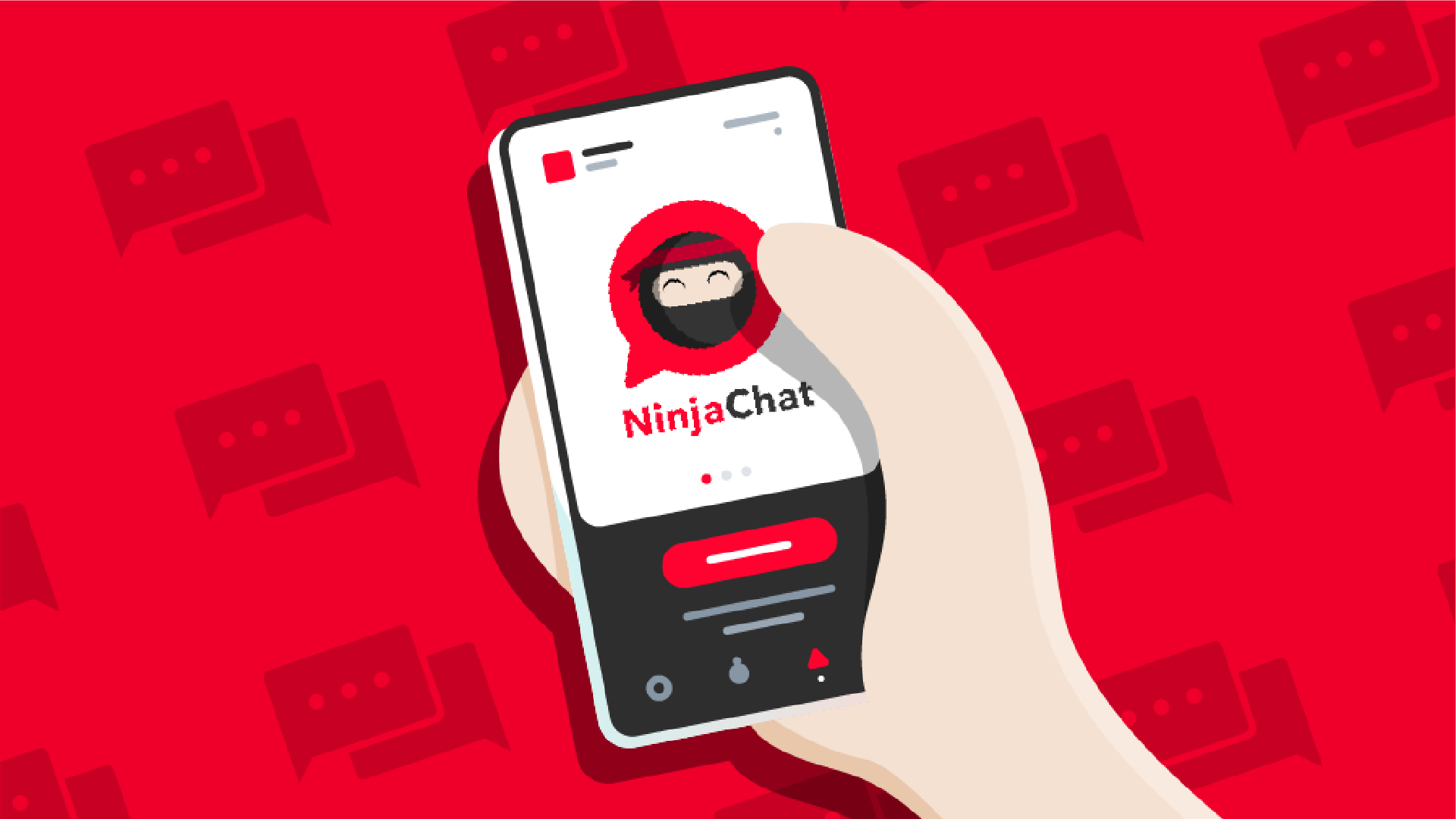
Summary
NinjaChat is a personalised chatbot-enabled channel that empowers consumers to check on their delivery status and sellers to make shipping inquiries independently.
Client
Ninja Van
Team
Yu Jing
Mia Hiang
Sarah Darmawan
Mani
Dexter Fong
Duration
3 Months, ongoing
My Role
User Flows
Prototyping
Usability Testing
Tools
Botsociety
G Suite
Miro Board
The Challenge
Ninja Van’s business goal was to reduce consumers’ and sellers’ reliance on our customer support service, which will provide the CS team the bandwidth to better address more critical customer concerns.
The Definition
Hypothesised Problem Statements
As a consumer, I need a quick way to find out more about my delivery status so that I can be more prepared before receiving my parcel.
As a seller, I need a quick way to find out more about my shipment’s critical issues so that I can feel assured that my customers can receive my parcels safely.
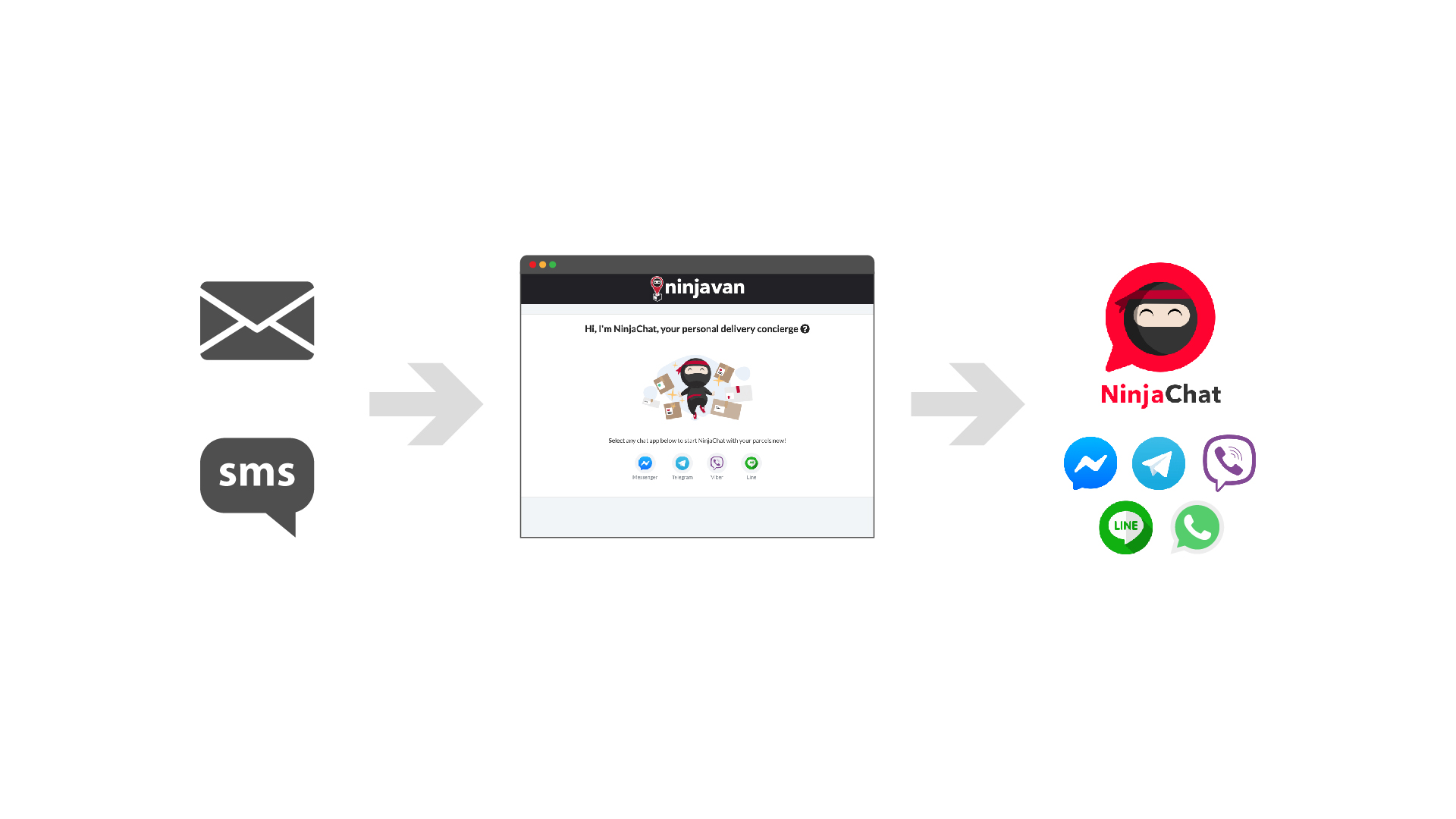
NinjaChat acquisition flow.
The Development
Fast-paced development
Our conversation tree designs continued to grow as the project scaled rapidly within a short period of time. Furthermore, we are on 5 chat platforms as users from different countries use different platforms. These led us to:
- Poor documentation of its information architecture and flows.
- Inconsistent user flow designs led to team misalignment and slowed down processes.

Before: Inconsistency in user flow designs.
Aligning processes
Chatbot design was fairly new to the team. I researched and applied Google’s conversational design framework into our user flows. The designers and software engineers also discussed our user flow requirements and aligned its technical constraints. By adopting the design framework and our discussion input, we iterated design guidelines for designers to follow and software engineers to understand easily.
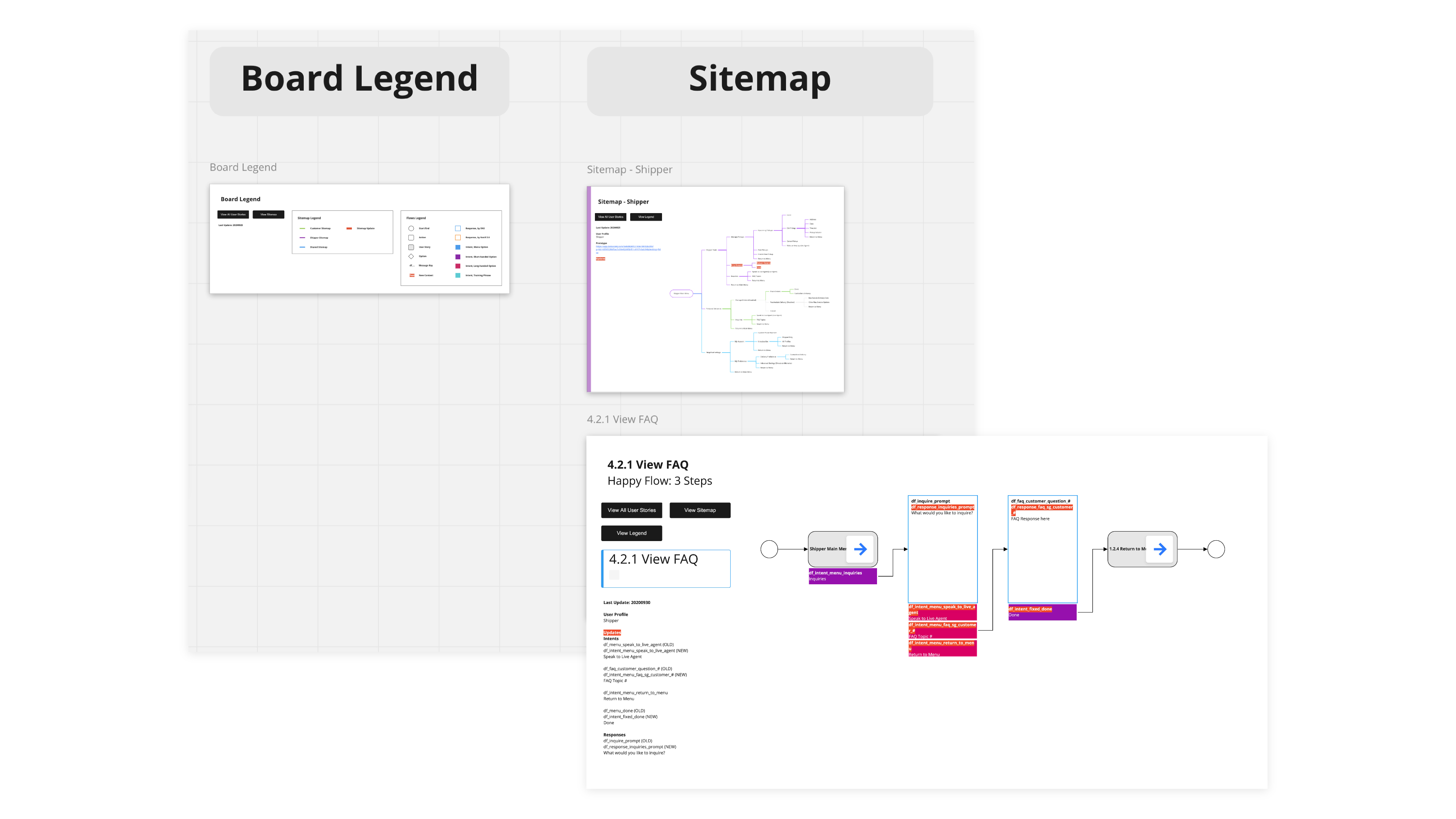
After: Simplified and consistent user flow designs.
Consistency speeds up processes
- Consistent user flow designs help readers be more familiar with what they read and reduce their clarifications.
- Team members can rely on 1 repository for the latest flow design updates.

Consumers
Be informed about your order status
Consumers will receive timely updates of their parcel statuses. They can also find out more about their statuses directly by navigating through a carousel.
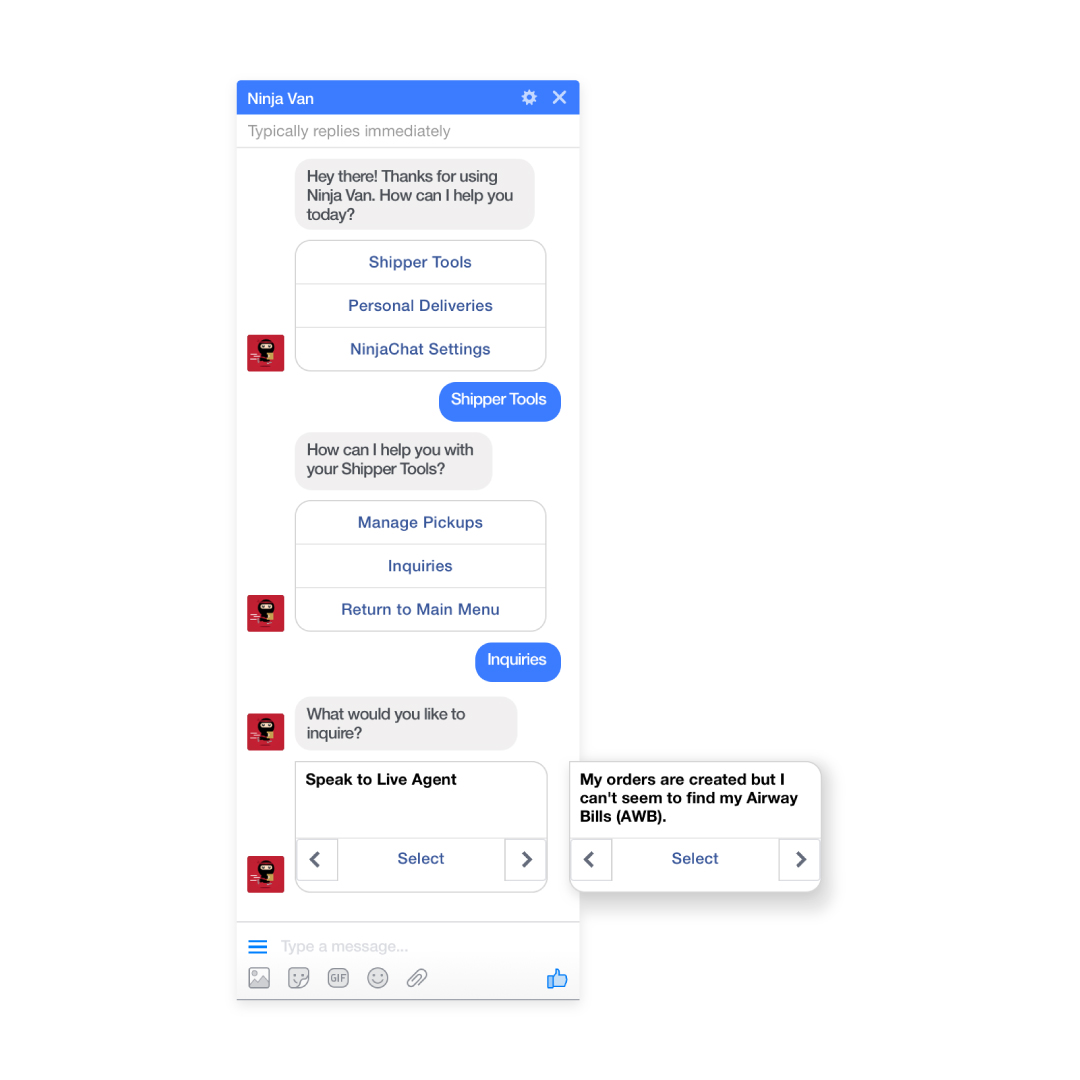
Sellers
Inquire independently
Sellers can independently find out about their inquiries on the go. For further assistance, they can chat directly with a live agent. The accessible information would help them feel assured about their shipment.
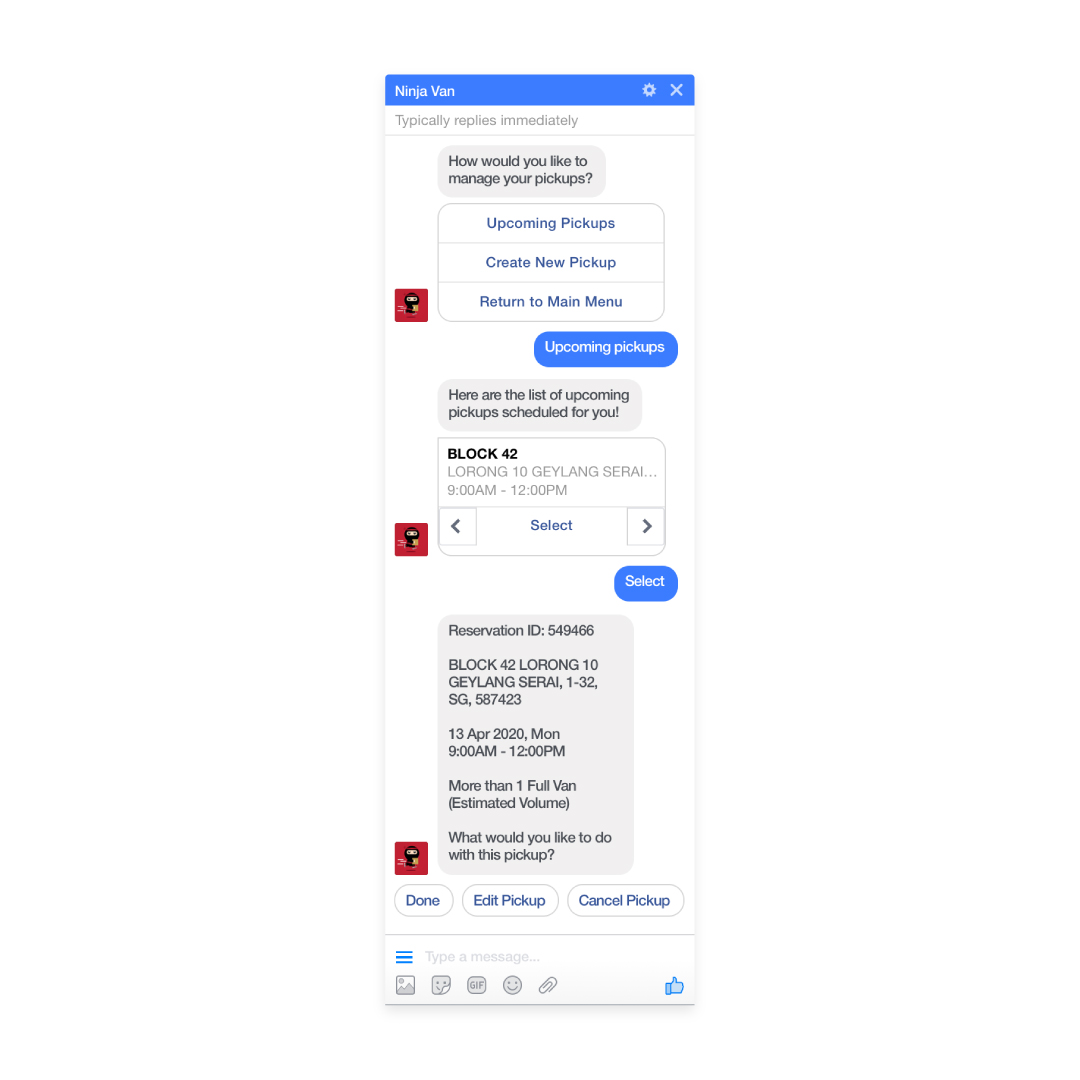
Sellers
Manage shipment on the go
Sellers can also create, edit and cancel pickups for their shipments without relying on customer support for further assistance.
Usability testing
As we were tight on time, we had to conduct our first usability test with 4 colleagues as consumers to gain feedback on the order tracking feature. We conducted usability tests on 6 sellers to gain feedback on the inquiries and shipment management features.
As the QA prototype was already in development during our design process, we decided to utilise it so that we can understand our users’ experiences more accurately.
We measured SUS and SEQ scores as benchmarks and considered conducting a second usability test. However, the test had to be postponed as there is a lack of logistics to carry out.
Speed is key.
There is a common theme between both consumers and sellers, where they expect to find information about their delivery status and make inquiries fast.
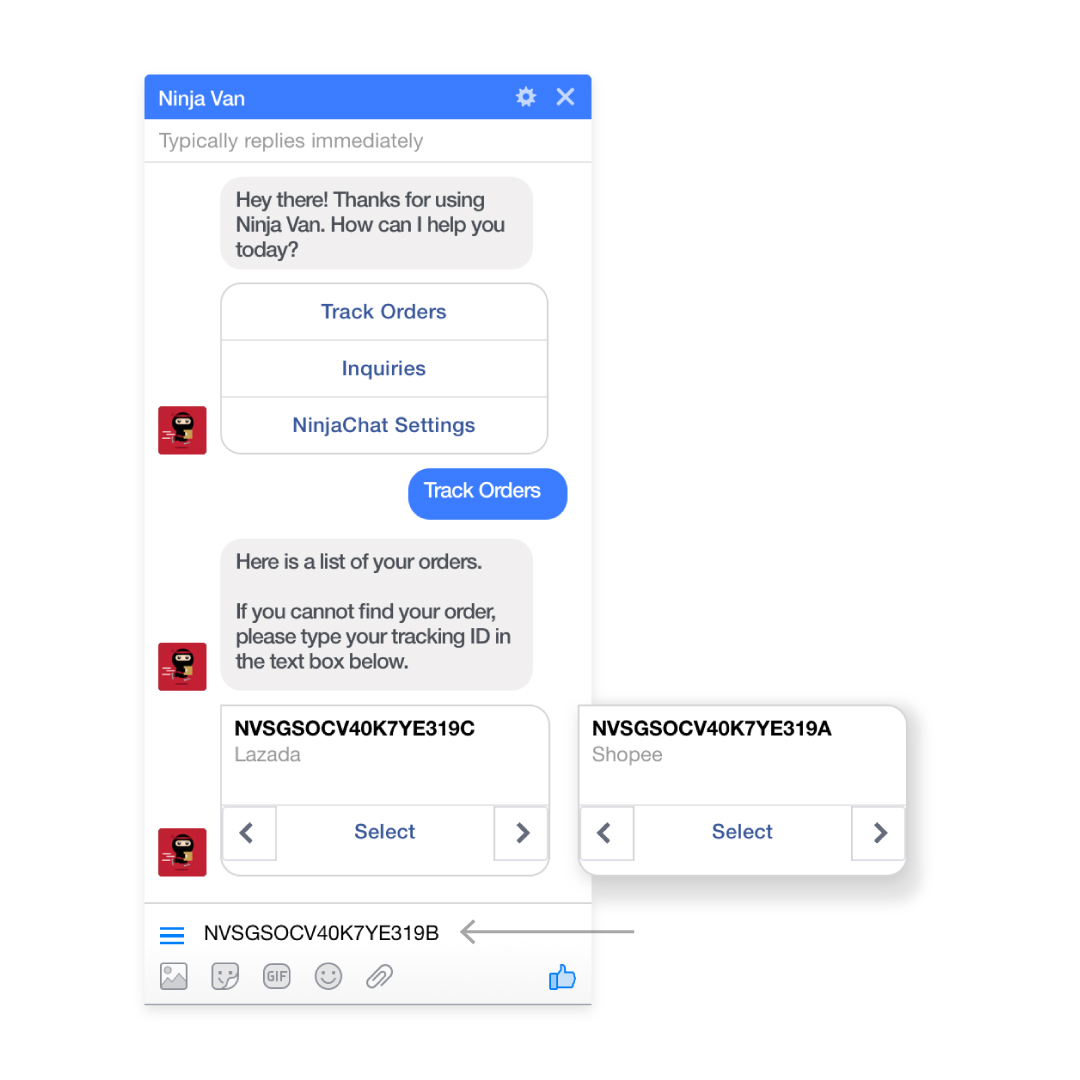
Tracking ID input in text field.
Consumers
Issue #1 - Order search is cumbersome
Finding tracking IDs in a carousel format through reading the thread name is cumbersome. Consumers would find a faster way by instinctively “copying & pasting” the tracking ID into the text field.
Iteration
- Allow users to copy and paste their tracking ID into the text field to minimise their time in searching.
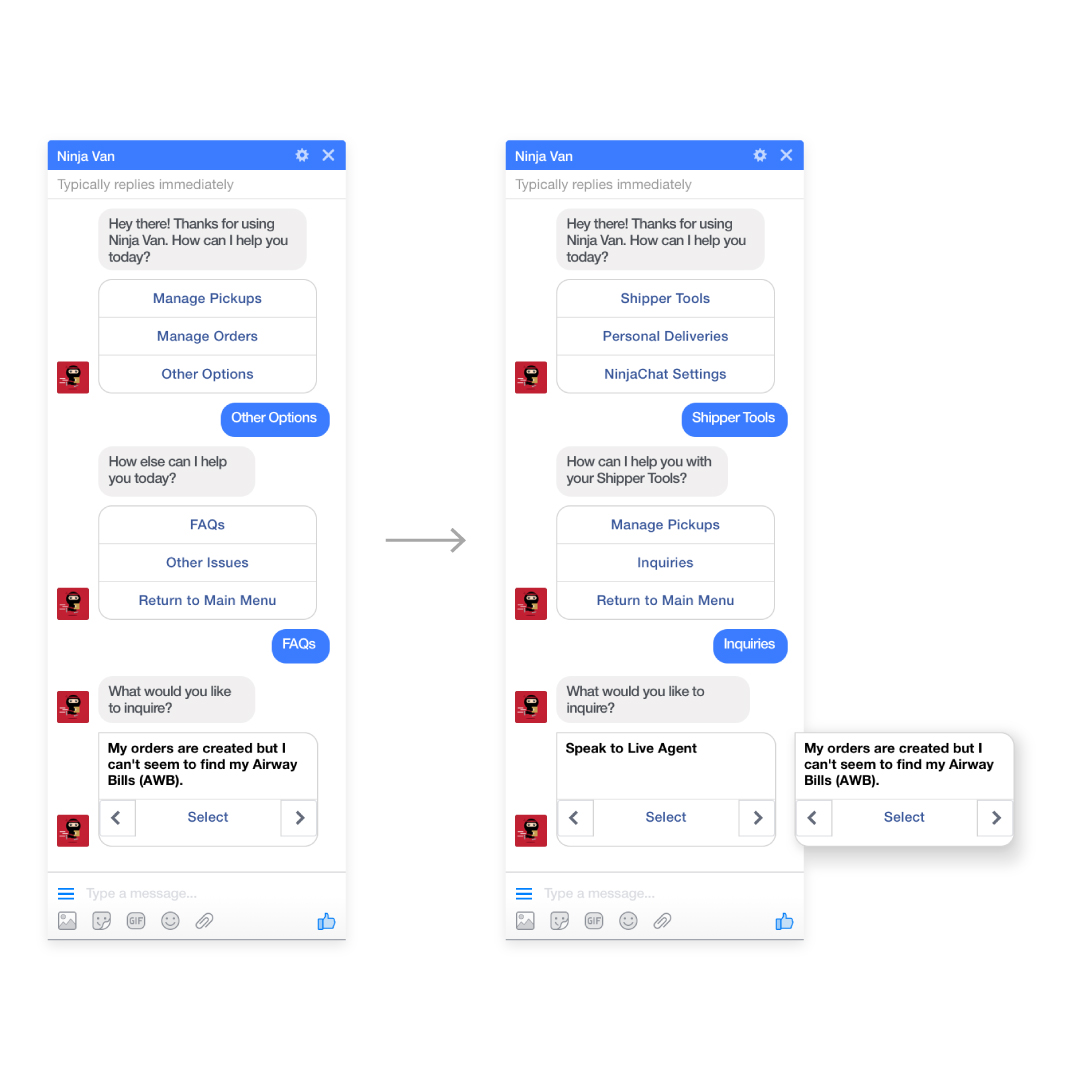
1st iteration (left), 2nd iteration (right).
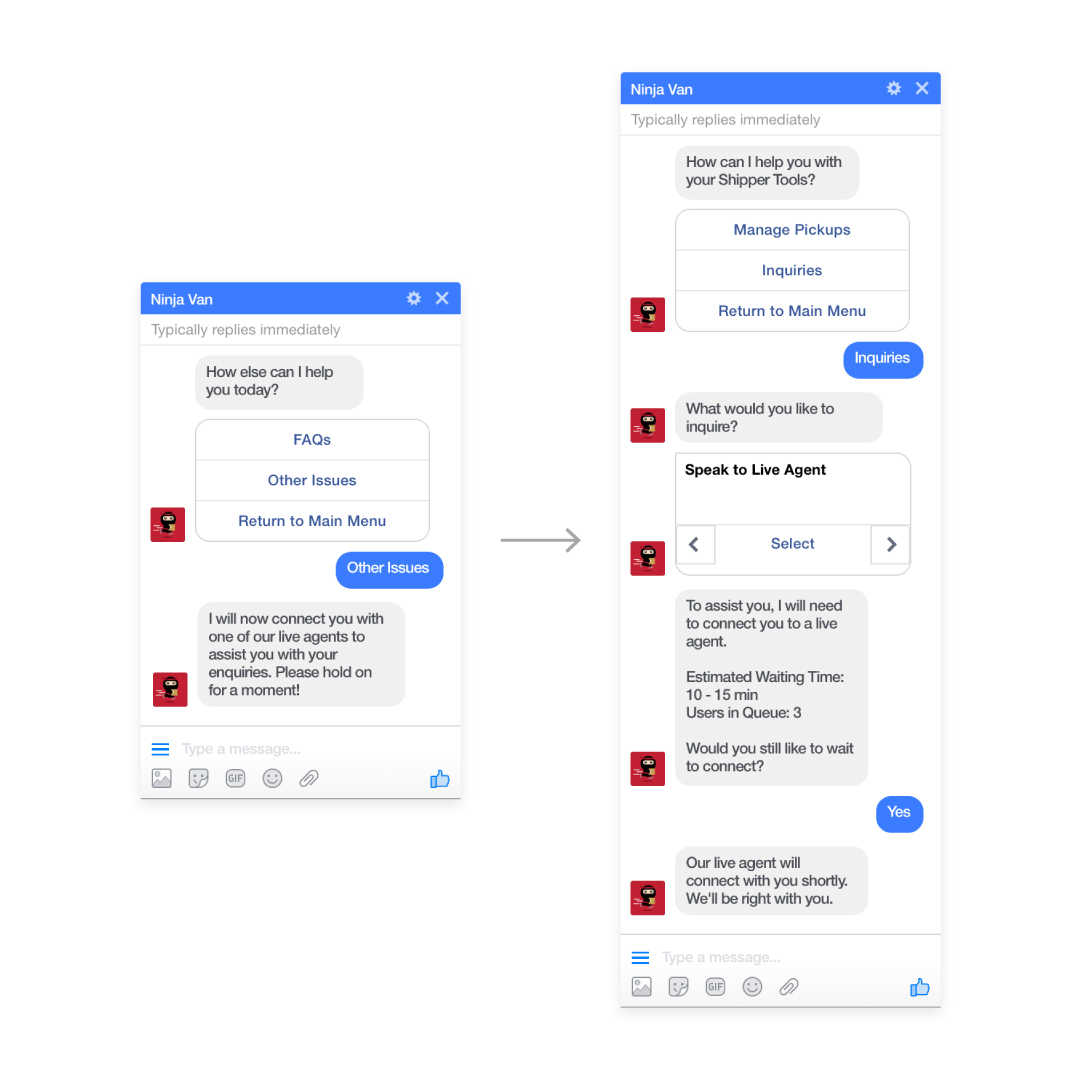
1st iteration (left), 2nd iteration (right).
Sellers
Issue #2 - Making inquiries is unreliable
Sellers found the FAQs in NinjaChat to be confusing and unreliable. Furthermore, they have bad impressions of communicating with live agents through chat platforms based on past experiences. The long waiting time before being connected makes them uncomfortable. These issues would encourage sellers to find alternative channels to make inquiries faster.
Iteration
- Reorganise information in “Inquiries” so that users can find out more about their inquiries independently and easily.
- Display waiting time before connecting to a live agent so that they can feel more assured to wait.

Sellers
Issue #3 - Manage shipment independently
Sellers found the shipment management feature useful for their operations. However, they would prefer editing and cancelling pickups independently instead of speaking to a live agent.
Iteration
- Design a conversation tree for sellers to edit and cancel pickups so that they can manage their shipments independently without relying on customer support.
Key Issue #3
- Chatbot response needs to be fast to ensure user’s assurance.
The Outcomes
Reduce CS Tickets
Consumers and sellers using our chatbot service results in lower number of customer support tickets.
Cost-saving
Free chat platforms result in lower reliance in SMS notifications, resulting in lower operational cost.

The Lessons
Identify user demographics & needs
It is critical to first identify the users’ demographics, behaviours and pain points before any development work. User demographics can be further segmented into individual markets for localisation. Alternatively, more concept testing would help us better understand the users’ expectations of the chatbot.
Develop relevant content
Work closely with the relevant teams to develop localised FAQ content so that they are relatable to the local users.
Move forward faster, together
Team alignment and consistency are important in ensuring a good pace in development.